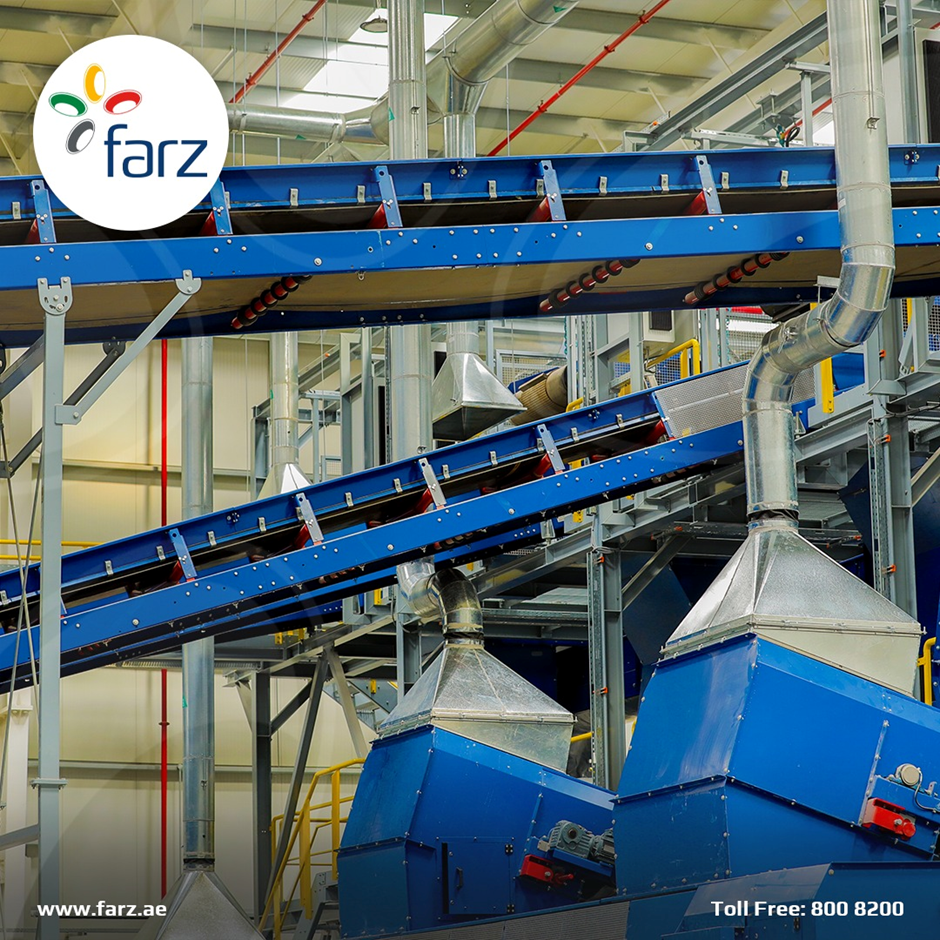Recycling has become a cornerstone of modern environmental stewardship, a crucial effort in mitigating climate change, reducing waste in landfills, and conserving valuable resources. At the heart of this recycling revolution lies a hidden hero: the Materials Recovery Facility (MRF). In this article, we embark on a journey to unveil the secrets of MRFs, the unsung engines of recycling, and explore their essential role in transforming trash into treasure for a more sustainable world.

The Role of Materials Recovery Facilities
Materials Recovery Facilities, commonly known as MRFs, are specialized facilities designed to sort, process, and prepare recyclable materials for reuse in the production of new goods. They serve as the crucial link between the collection of recyclables from households, businesses, and communities and the reintegration of these materials into the economy. MRFs are instrumental in the transition from a linear, disposable economy to a circular economy where resources are conserved, and waste is minimized.
The MRF Journey: From Collection to Reuse
The operation of an MRF is a well-orchestrated process involving multiple stages. Let's explore the journey of materials through these facilities:
- Collection: Recycling begins with the collection of materials from various sources, including curbside collection bins, drop-off centers, and commercial waste streams. These materials are then transported to the MRF.
- Pre-Sorting: Before automated sorting begins, pre-sorting may occur to remove large or non-recyclable items that could disrupt the machinery.
- Conveyor Belt Sorting: Once inside the MRF, materials travel along a complex network of conveyor belts, beginning their journey through a series of sorting processes.
- Advanced Technology: MRFs are equipped with advanced sorting technologies such as optical sorters, eddy current separators, and magnets. Optical sorters use sensors to identify and separate materials based on their properties, while magnets and eddy current separators remove ferrous and non-ferrous metals.
- Segregation: Materials are segregated into distinct categories, including paper, cardboard, plastics, glass, metals, and more.
- Baling and Packaging: After sorting, materials are compacted into bales or packages and prepared for transportation to recycling centers and manufacturers. These materials are then transformed into new products.
The Magic of Automation
One of the secrets of MRFs is their heavy reliance on automation. Advanced machinery and technology allow for the high-speed sorting of materials, reducing the need for manual labor and improving efficiency. Automation not only increases processing speed but also enhances safety and accuracy, leading to higher-quality recyclable materials.
Environmental and Economic Benefits
MRFs offer a multitude of benefits to the environment and the economy:
- Resource Conservation: By recovering and reusing materials, MRFs reduce the demand for virgin resources, conserving natural reserves such as forests, minerals, and petroleum.
- Waste Reduction: MRFs divert a substantial portion of waste away from landfills and incineration, thereby reducing greenhouse gas emissions, conserving landfill space, and mitigating soil and water pollution.
- Economic Opportunities: The recycling industry, driven by MRFs, generates jobs, stimulates local economies, and provides revenue through the sale of recyclable materials.
- Circular Economy Promotion: MRFs align with the principles of the circular economy, where resources are kept in use for as long as possible, and waste is minimized, promoting sustainability.
Challenges and the Path Forward
Despite their critical role, MRFs face several challenges, including contamination in the waste stream, fluctuating market demand for recyclables, and the need for continuous technological advancements to handle diverse and complex materials.
In conclusion, Materials Recovery Facilities are the unsung heroes of recycling, working tirelessly behind the scenes to transform our waste into valuable resources. Their innovative technology, commitment to sustainability, and pivotal role in reducing environmental impact make MRFs integral to the recycling revolution. As the world strives for a more sustainable future, these facilities will continue to be the engines of recycling, driving us toward a circular economy where waste is minimized, and resources are conserved.
About Us
Farz MRF is the region’s leading fully automatic material recovery facility located at National Industries Park in Dubai, UAE. Farz employs the latest technologies and has the most efficient recovery rate among other MRFs in the UAE. Farz produces a wide range of high grade recyclable materials properly baled and separated to satisfy different types of market requirements.
Website - https://www.farz.ae/


No comments yet